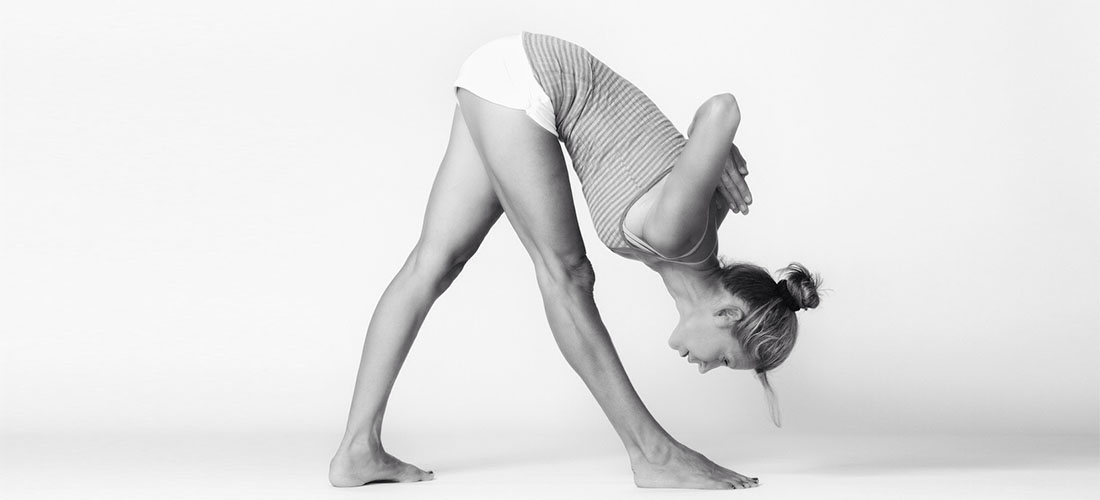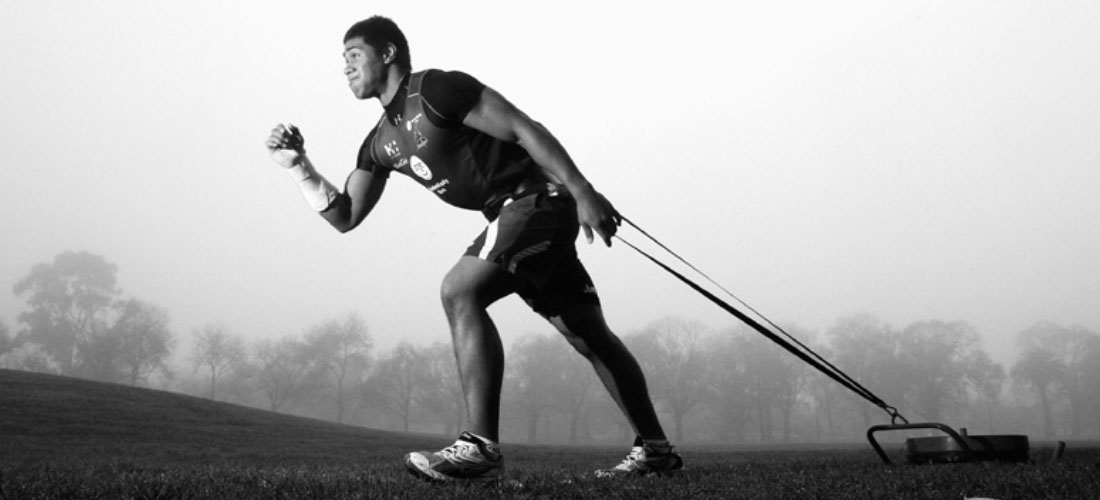The Pyramid pose (Parsvottanasana) is an intense forward bending yoga pose with many advanced versions. Since, it is an inverted pose, it has a positive effect on brain functioning and is known to have a calming effect on brain by boosting “feel good” hormones[1].
Contents
Health Benefits
The pose is highly effective in stimulating abdominal organs and strengthening ankles and knees. Apart from this, Pyramid pose has been found helpful in improving digestion and flat feet. Its a great pose for dancers and athletes, as it improves sense of balance and postures.
Getting in the pose
What you need: Room with fresh air (if you’re doing it inside, otherwise do it in open area), and you.
Difficulty Level: Advanced
Initial Position: Mountain pose (Tadasana)
Drishti or Gaze: While performing this pose, concentrate your gaze inwards (close your eyes and try to move all thoughts to the point between eyebrows).
Steps:
- While you get into the starting position, place your feet a little wider (about 3-4 feet apart), and twist both feet to left side (at angle of about 30-45 degrees to the initial position).
- Gently bring your arms forward and then downwards, parallel to each other with back straight. Exhale as you do this.
- Try to bend as much as you can. Initially, you can try half forward bend pose. The goal is to reach as close to the ankles as possible.
- Gradually, take your hands past the front feet and place the palms flat on floor. Ensure that neither your knees or elbows are bent.
- Hold the position for 15-30 seconds as a beginner. Later you must hold it even longer, say a minute or more.
- Gently inhale as you revert to the starting position. Repeat on the other side too. This completes on cycle of the Intense forward bend pose.
- Do it twice in a practice along with other poses.
If you feel exerted, rest in Corpse pose.
Other variations
- Ardha Parsvottanasana: This is a half forward bend pose, for newbies or those with back aches. Here, you need to bend only half way forward, with back straight and parallel to floor.
- Namaskara variation: In this variation, the elbows are bent with hands taken behind the back in a Namastey (palms touching) psoition.
- Back fold variation: Once you master the above variation, the arms are wrapped (folded) around each other.
- Back stretch variation: Unlike others, this arm position focuses on stretching the chest muscles. Lock your fingers into each other while keeping them behind, over waist. Now stretch back upwards, towards the sky.
Prepartory poses
- Downward Dog Pose (Adhomukh Svanasana)
- Triangle Pose (Upavista Trikonasana)
- Warrior Pose (Virabhadrasana)
Beginner’s Tip
Since, it is an advanced pose, beginners are advised against doing it. But, to get your body in habit, one can try doing it. Never push yourself into this or any kind of beginner yoga pose.
Advanced Poses
- Dancer Pose (Natarajasana)
- Monkey Pose (Hanumanasana)
Important Notes
- This pose targets complex muscle groups. Hence, move forward to next step only when you can comfortably perform the present step.
- This is a Vinyasa yoga pose and hence, movements must be synchronized with the breath. That way, you strengthen your internal as well as external system simultaneously.
- Those with issues of knee or spinal injuries, and pain in neck are strictly advised against this pose.
Further Reading:
References [1] David Shapiro, Karen Cline. Mood Changes Associated with Iyengar Yoga Practices: A Pilot Study (pdf). International Journal of Yoga Therapy. ^Back to Top^






Comments are off this post!